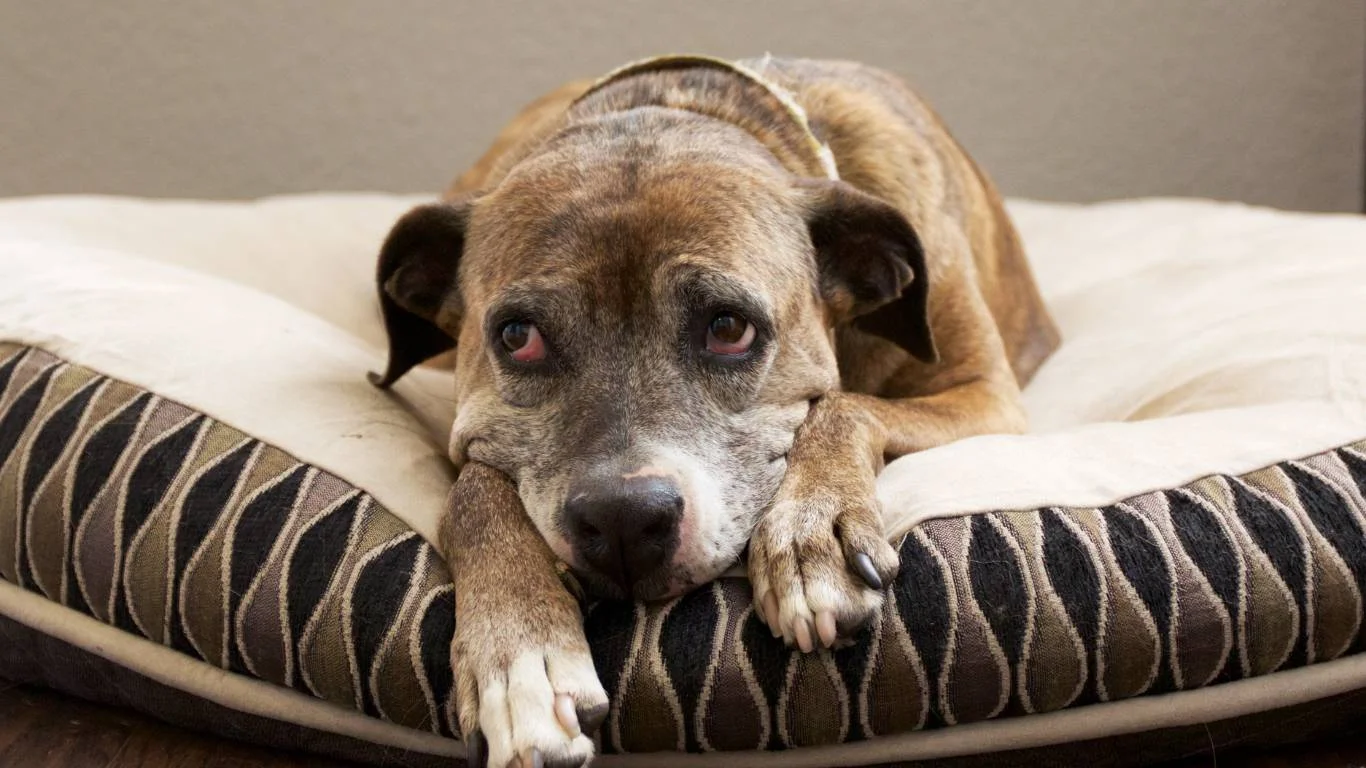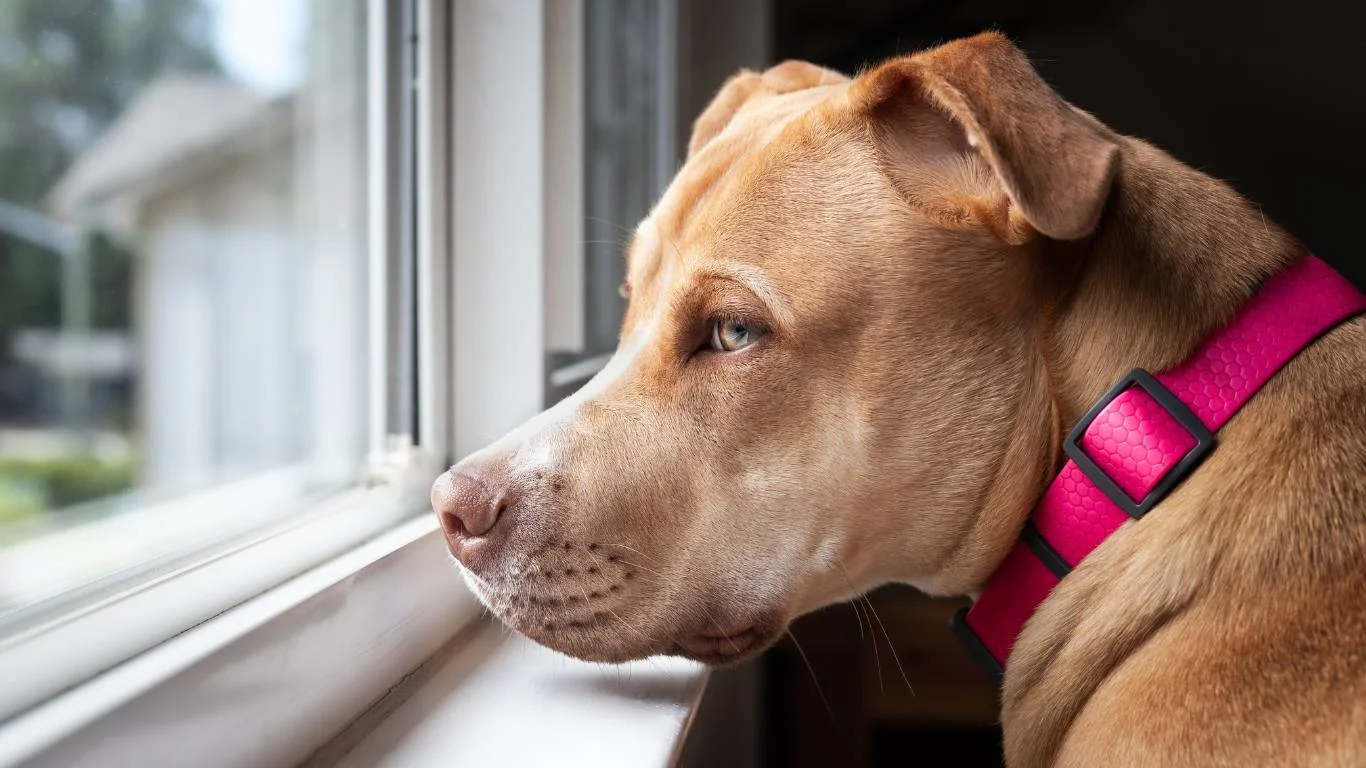How to Recognize Signs of Shock in a Dog: Essential Life-Saving Tips
If you’re a dog parent like me, knowing how to recognize signs of shock in a dog could seriously mean the difference between life and death. It’s something I’ve seen firsthand in my time as a veterinary assistant, especially working closely with emergency cases and nutritional support. Shock isn’t always as dramatic as it sounds — it can sneak up on a pup after trauma, surgery, or even allergic reactions. And trust me, early recognition and quick action are absolute game changers.
What Exactly Is Shock in Dogs?

Shock, in veterinary terms, is when the body can’t circulate blood and oxygen properly. It’s not just being scared — it’s a real medical emergency. When your dog goes into shock, organs and tissues start missing out on the oxygen they need. That’s when things start to spiral. I’ve seen dogs go from “just a little off” to critical in minutes.
There are a few types of shock, but the most common ones I encountered in the clinic were:
- Hypovolemic Shock: Caused by severe blood or fluid loss (like after a car accident or internal bleeding).
- Septic Shock: Triggered by severe infection spreading through the bloodstream.
- Anaphylactic Shock: A severe allergic reaction (often to bee stings, meds, or certain foods).
- Cardiogenic Shock: When the heart fails to pump effectively, often due to heart disease.
Each type comes with its own symptoms, but there’s definitely some overlap — and that’s where it gets tricky for pet parents. So let’s break down what to actually watch for.
 How to Recognize Signs of Shock in a Dog
How to Recognize Signs of Shock in a Dog
1. Pale Gums & Tongue
Normally, a healthy dog’s gums are a nice pink color (unless you’ve got a chow chow or another breed with naturally dark pigment). When in shock, the gums can turn ghostly pale, white, or even gray. I always tell clients to check gums in good light — if they look “off,” they probably are. Pro tip: Press a finger gently to the gum and see how fast the color returns — it should bounce back in less than 2 seconds.
2. Cold Extremities
One of the first signs I noticed in dogs entering shock was cold paws, ears, or tail. The body starts pulling blood toward vital organs and away from limbs. If your pup’s paws feel icy — and it’s not a cold day — that’s a red flag.
3. Rapid Heart Rate or Weak Pulse
Try placing your hand over your dog’s chest or inner thigh (femoral artery area). A heart racing at breakneck speed — or barely beating — is a sign that something’s seriously wrong. And in shock, it could go either way: fast and thready or slow and irregular. I used to check pulse quality during triage all the time — it tells you more than you’d think.
4. Shallow or Labored Breathing
If your dog is panting excessively, gasping, or breathing irregularly without obvious cause (like heat or play), take note. I remember a sweet golden retriever who came in after collapsing — the first thing we noticed was how hard he was working just to breathe. He was in hypovolemic shock from internal bleeding. We acted fast and he pulled through — but it was scary close.
5. Lethargy or Collapse
This is one of the hardest signs to miss. If your normally energetic pup suddenly refuses to get up, seems confused, or collapses, don’t wait. I once had a client call about their boxer “just acting sleepy” after swallowing something he shouldn’t have. By the time they came in, he was crashing. We stabilized him, but it was a rollercoaster.
 Other Symptoms You Shouldn’t Ignore
Other Symptoms You Shouldn’t Ignore
Shock can also show up in sneakier ways. Here are a few more signs I’ve seen that often fly under the radar:
- Glazed or unfocused eyes
- Vomiting or diarrhea, especially with blood
- Excessive drooling or lip licking
- Muscle tremors or shaking
- Unusual vocalizations like whining or howling
These may seem unrelated, but when your gut says something’s not right — believe it. I always tell pet parents, you know your dog best. If they seem off, it’s worth checking out. Waiting can cost precious time.
 Immediate Actions to Take If You Suspect Shock
Immediate Actions to Take If You Suspect Shock
If you ever find yourself in that gut-wrenching moment where your dog might be in shock, don’t panic — but definitely don’t wait it out either. Time matters a lot. Back when I worked in the clinic, I saw how every second counted. Here’s what I always told pet parents to do on the spot:
- Stay calm. Your dog can sense your stress, and panic won’t help either of you.
- Keep your dog warm and comfortable. Use a blanket or even your jacket to keep them from getting chilled — shock can mess with body temp fast.
- Lay them on their right side if they’ve collapsed. This helps with circulation and breathing.
- Don’t offer food or water. I know, it feels nurturing — but if surgery ends up being needed, having food in the stomach can complicate things.
- Call your vet or an emergency clinic immediately. Tell them you suspect shock so they can prep before you arrive.
I remember a Labrador named Duke — big, goofy guy, loved tennis balls. He suddenly went limp after a run-in with a bee. His owner called us while on the way, and because they said the word “shock,” we had meds and IV fluids ready before he even walked through the door. That heads-up saved his life.
 What Happens at the Vet When a Dog Is in Shock?
What Happens at the Vet When a Dog Is in Shock?
Once you get your dog to the vet, the team jumps into action fast. I used to be the one setting up oxygen masks, placing IV lines, and helping monitor vitals while the vet figured out the root cause. Here’s a quick peek at what you can expect:
- Oxygen support: If your pup’s breathing is labored or shallow, oxygen therapy comes first.
- IV fluids: These help stabilize blood pressure and improve circulation fast.
- Medications: Depending on the cause, your dog might get antibiotics, steroids (especially for allergic shock), or heart meds.
- Diagnostics: Bloodwork, X-rays, or ultrasounds may be used to figure out what triggered the shock — trauma, internal bleeding, infection, you name it.
We treated every case like a puzzle. One case that sticks with me was a tiny senior Yorkie who came in looking completely out of it. Turned out she had a ruptured spleen. The blood loss had put her into hypovolemic shock, but early fluids and emergency surgery saved her life. That little lady was tougher than she looked.
 How to Monitor Your Dog at Home After a Shock Event
How to Monitor Your Dog at Home After a Shock Event
Even if your dog pulls through and goes home, you’re not off the hook just yet. I always reminded pet owners that recovery doesn’t end at the vet’s office. There’s a lot you can do at home to help your dog bounce back safely and prevent another incident.
Keep a Close Eye on Vitals
Check gums daily, monitor breathing and heart rate, and make note of energy levels. If your dog seems “off” again — don’t brush it off. Relapse is possible. A thermometer (ear or rectal, depending on your comfort level) can help keep tabs on fever or hypothermia.
Stick to Vet Instructions Like Glue
I can’t count how many times I saw complications just because meds weren’t given on time, or post-op rest wasn’t enforced. It’s tempting to let them play once they seem better — but trust me, let healing take the wheel. Follow every dosage, every schedule, every restriction.
Watch for Secondary Symptoms
After shock, your dog might deal with:
- Fatigue that lasts longer than expected
- Lack of appetite
- Changes in urination or bowel movements
- Swelling or bruising (especially if trauma was involved)
If anything feels weird, call your vet. They’d always rather hear from you early than late — I promise.
Preventing Shock in the First Place (As Much as You Can)
We can’t bubble wrap our pups (though I’ve been tempted!), but there are things you can do to lower the risk of shock-inducing situations:
- Pet-proof your home: Keep toxins, sharp objects, and small swallowables out of reach.
- Stay on top of wellness care: Regular checkups help catch infections, heart issues, and other red flags early.
- Know your breed’s quirks: Some dogs, like bulldogs, are more prone to respiratory issues. Others might have sensitivities to certain meds or vaccines.
- Train for emergencies: Practice car rides to the vet. Keep your emergency contact list updated. And if possible, take a pet CPR and first aid class — they’re lifesavers, literally.
And one more tip from the trenches: keep a “go-bag” for your dog. Include a copy of medical records, any meds they’re on, a muzzle (yes, even friendly dogs can nip when scared), and a soft towel or blanket. That little bit of prep can go a long way when seconds count.
 Long-Term Care and What to Expect After Shock
Long-Term Care and What to Expect After Shock
After the immediate crisis passes, long-term care becomes the real test for both you and your dog. From my experience working alongside vets and helping owners navigate this stressful time, I’ve learned that recovery from shock isn’t always straightforward. Every dog is unique, and how they bounce back depends on the cause and severity of the shock.
Patience and observation are your best friends here. Your dog might be back to their old self one day, then tired or sensitive the next. Some dogs experience lingering issues like weakness, trouble breathing, or appetite changes that require follow-up visits. I remember a sweet dachshund named Rosie, who after surviving septic shock, needed extra care for several weeks, including tailored nutrition and lots of gentle love.
Nutrition and Hydration: Key Players in Recovery
When I focused on nutrition as a veterinary assistant, I saw how a proper diet helped dogs regain strength faster. Shock can disrupt digestion and nutrient absorption, so feeding your dog easy-to-digest, nutrient-rich meals can speed healing. Sometimes vets recommend special recovery diets or supplements, especially if your dog lost a lot of weight or has underlying conditions.
Also, hydration is critical. Dehydration often accompanies shock, so keeping water available (but controlled if your vet advises) is essential. If your dog is hesitant to drink, you can try offering ice chips or diluted broth — just ask your vet what’s safe.
Emotional Support: The Often Overlooked Piece
Dogs pick up on emotions, and recovery can be a rollercoaster for them, too. After a traumatic event like shock, some dogs become clingier, anxious, or even fearful of vets and routines that remind them of the crisis. From my years of working with scared pups, I can’t stress enough how much patience and calm reassurance help. Using gentle touch, quiet time, and familiar comforts can ease their stress.
 When to Call the Vet Again: Signs You Shouldn’t Ignore
When to Call the Vet Again: Signs You Shouldn’t Ignore
Even after your dog seems to be recovering, be alert for any setbacks. If you notice any of these, don’t hesitate to get in touch with your vet right away:
- Sudden weakness or collapse
- Persistent vomiting or diarrhea
- Labored or irregular breathing
- Severe lethargy or unresponsiveness
- Signs of pain such as whining, trembling, or guarding a body part
I recall a case where an owner called me late at night because their dog started shaking uncontrollably days after shock treatment. We advised immediate veterinary care, and it turned out the dog was developing complications requiring urgent intervention. That quick call saved the dog’s life.
Final Thoughts on How to Recognize Signs of Shock in a Dog
Recognizing the signs of shock in a dog isn’t just about memorizing symptoms — it’s about tuning into your dog’s normal self and spotting when things feel off. As someone who’s seen the full spectrum, from mild cases to severe emergencies, I can tell you early action and trust in your instincts make all the difference.
Taking the time to understand shock, preparing for emergencies, and working closely with your vet can empower you to give your dog the best chance at a full recovery.
References
- American Veterinary Medical Association
- American College of Veterinary Internal Medicine
- University of Wisconsin School of Veterinary Medicine
Disclaimer
This article is intended for informational purposes only and does not replace professional veterinary advice, diagnosis, or treatment. If you suspect your dog is in shock or experiencing a medical emergency, contact your veterinarian or an emergency animal hospital immediately.






